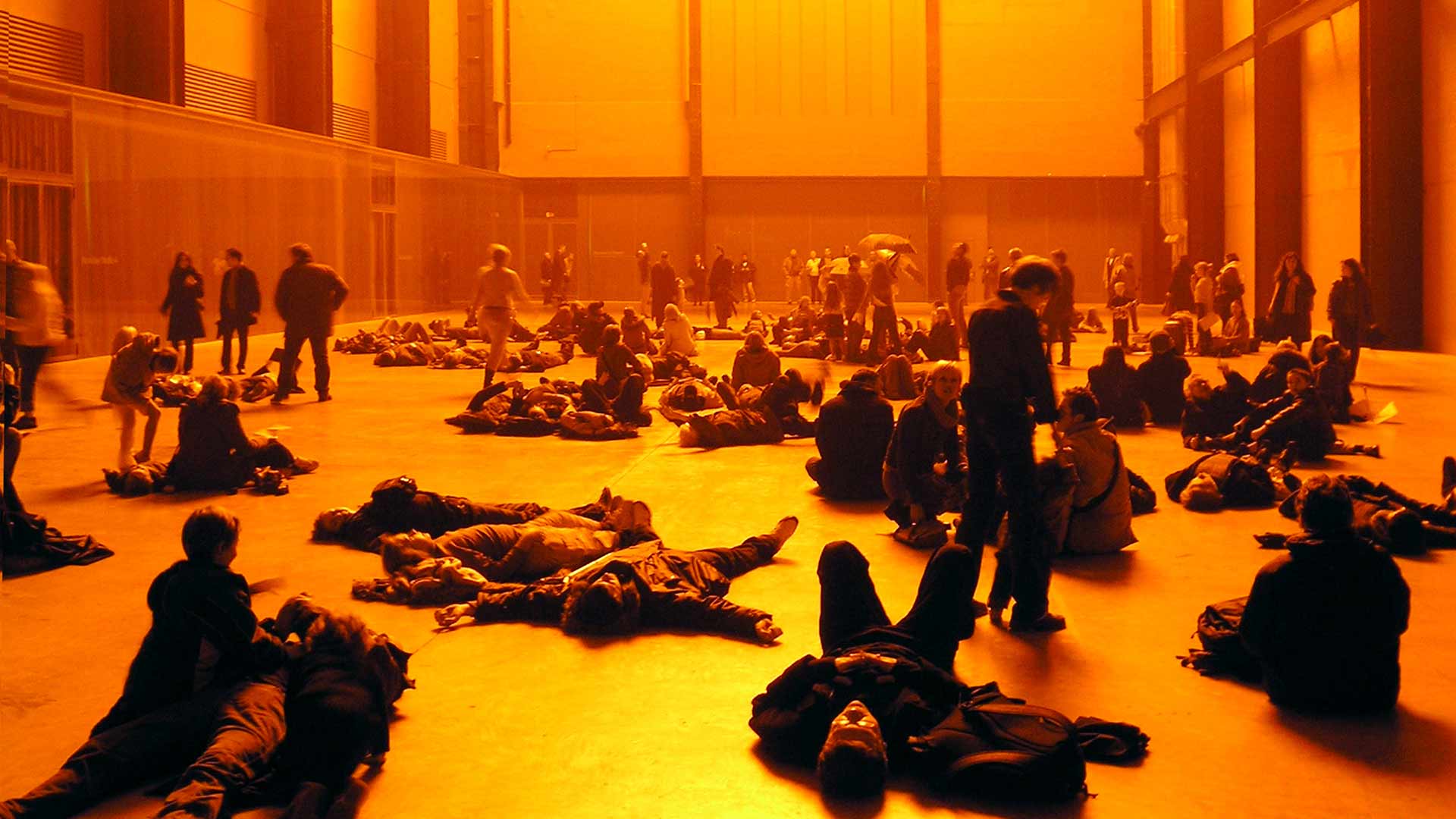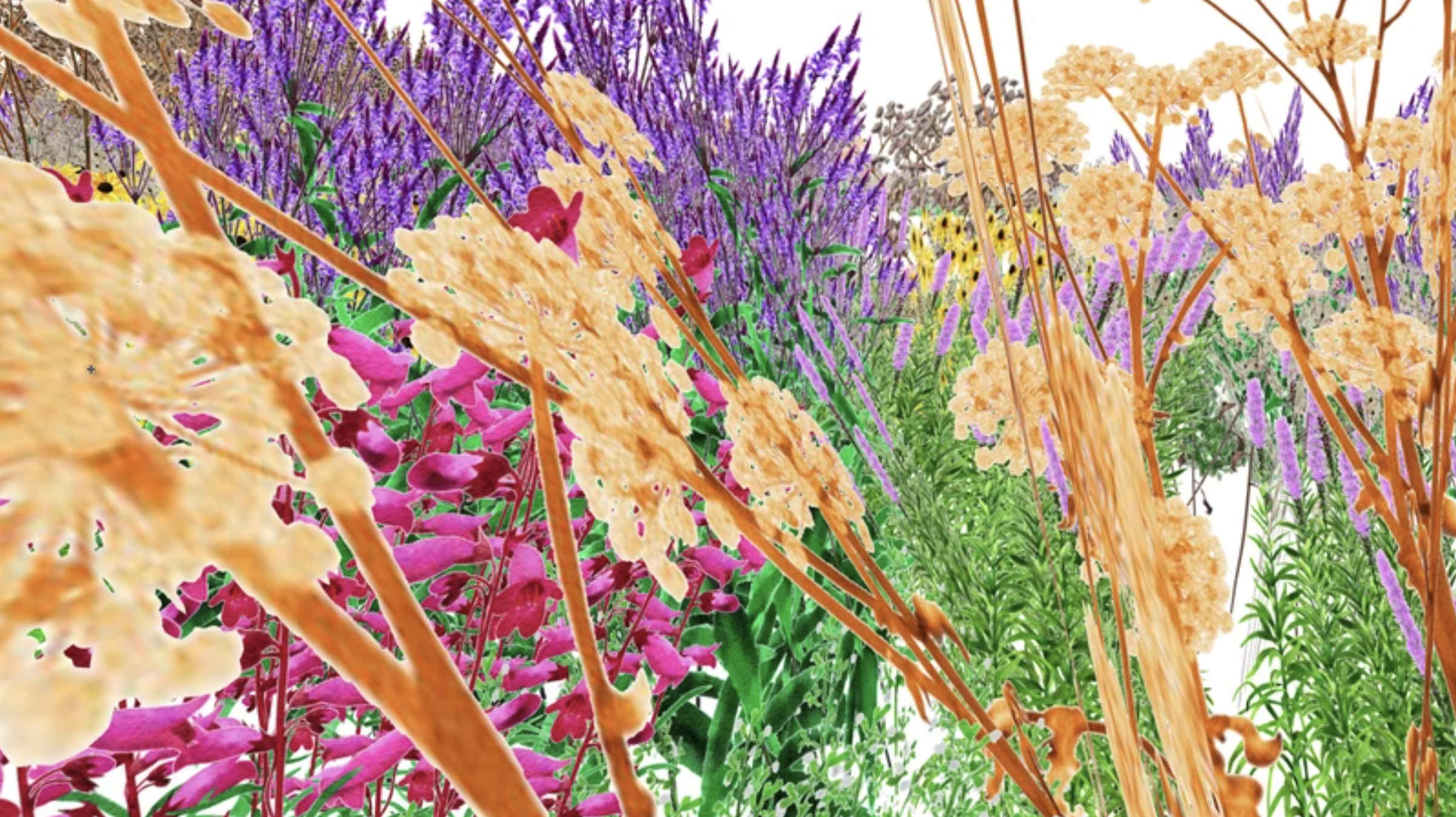Calm Matters is a design-focused project that explores how interaction design can enhance user well-being by fostering calming, mindful experiences.
Responsibilities: Concept development, research design, methodology development, workshop facilitation, conducting interviews, qualitative research, semiotic analysis, data collection and analysis, insight gathering, analytical framework creation, knowledge synthesis
Sector: Art & Research, Interaction Design, and Experience Design
Role: Researcher
Collaborators: Faculty of Fine Arts, Polytechnic University of Valencia / Course in the History of Illustration and Design
Duration: 2 years
By integrating materiality and attention management, the project aims to create environments that encourage users to experience more with less distraction.
OVERVIEW
This project explores how principles from material art practices can inform interaction design to foster a calmer, more mindful user experience.
The work contributes to the emerging field of “calm design” and advocates for intentionality and attentiveness to the materiality of digital experiences.

Garden Plan designed using the Pollinator Pathmaker App
BACKGROUND
In an increasingly overstimulated digital world, I explored how material art practices—renowned for their emphasis on perception, presence, and intentionality—can inform design strategies that promote calm.
The goal was to create experiences that allow attention to flow naturally, rather than constantly demanding engagement.
PROBLEM STATEMENT
Many contemporary design solutions, particularly in the digital realm, focus on capturing user attention rather than fostering well-being.
My research aimed to shift this approach towards designing experiences that thoughtfully respect and manage users’ attention.
PROCESS
This research explores how practices from contemporary art, particularly those that focus on materiality and attention, can be integrated into interaction design to foster mindful user experiences.
The goal of this research is to explore the connection between contemporary art’s material practices and the growing importance of attention management in interaction design.
1.
Case Study Selection
2.
Material Collection
3.
Development of an Analytical Framework
4.
Comparative Analysis

The Weather ProjectBy Olafur Eliasson. Photograph by Martin Penas

Plexus By Camille Norment. Courtesy of Dia Art Foundation. Photograph by Bill Jacobson Studio

Pollinator Pathmaker By Alexandra Daisy Ginsberg. Photographed by Royston Hunt
1. Case Study Selection
We selected three contemporary art installations that exemplify unique approaches to interaction and materiality:
- The Weather Project (2003) by Olafur Eliasson
- Plexus (2022) by Camille Norment
- Pollinator Pathmaker (2021) by Alexandra Daisy Ginsberg
These case studies were chosen for their site-specific nature and varied materialities, offering diverse insights into interactive practices across art and design.
2. Material Collection
A comprehensive range of resources was gathered, including interviews, media reviews, photographs, articles, videos, and other materials related to each artwork. This collection helped us understand how these art objects engage audiences and communicate through their materiality.

A selection of materials gathered on the artworks, including photographs, articles, videos, catalogs, documentaries, and interviews. Screenshot from the MyMind app
3. Development of an Analytical Framework
I created an analytical tool, based on sociosemiotics, to examine the relational and organizational aspects of interaction in the selected works.
This “device analysis matrix” offers a clear, comparative approach to understanding the discursive traits of these art installations, enabling us to identify transferable patterns for interaction design.

Fragment of the Device Analysis Matrix

This matrix compiles over 90 analysis criteria, bringing together diverse approaches and complementary disciplines to highlight specific aspects of our artworks
4. Comparative Analysis
Using the device analysis matrix, I conducted a detailed comparison of the artworks across seven key dimensions: relational, organizational, sensory, formal, interactive, usability, and calm.
This analysis provides valuable insights into how materiality and attention management contribute to enriching user experiences.

The Weather ProjectBy Olafur Eliasson at Tate Modern. Photograph by James Bulley

Camille Norment, Untitled (Detail). Photograph by Don Stahl

Pollinator Pathmaker. Courtesy of Eden Project. Photographed by Royston Hunt

The Weather Project By Olafur Eliasson. Photograph by Vasili Kaliman

Plexus. Photograph by Bill Jacobson Studio

Digital render in Pollinator Vision. by Alexandra Daisy Ginsberg
KEY INSIGHTS AND FINDINGS
After analyzing the artworks, several recurring material strategies emerged, highlighting key discursive principles that can inform design practice.
These findings suggest that interaction designers, particularly those focused on fostering calm, must adopt a more nuanced approach to materiality and craftsmanship.
The following key insights emerged from this research.
1.
Expanded Materiality
Embrace a broad view of materiality, incorporating both tangible and intangible elements that enrich interactions and sensory experiences.
2.
Algorithmic Integration
Harness digital technologies and algorithms to infuse traditionally non-material elements with material-like qualities, expanding creative possibilities.
3.
Nature-Inspired Design
Design with principles drawn from nature, like anisotropy and material heterogeneity, to create devices that harmonize with their surroundings.
4.
Context Awareness
Analyze the specific environment of each device to enhance user experience, using prototypes to explore sensory and physical context.
5.
Enhanced Sensory Engagement
Aim to amplify user perception by integrating devices within environments to produce richer, immersive experiences.
6.
Space as Material
Treat space itself as a resource, blending device and environment to bring users into the present moment and support embodied interaction.
Designers dedicated to fostering calm must cultivate a craftsmanship approach similar to that of artisans—or collaborate closely with artisans and local experts—to carefully select materials and execute interactions with precision, fostering a sense of calm.
This approach, rooted in craft and context, enables user experiences that cultivate presence and free attention—a vital challenge in 21st-century design.
Interaction Craftsmanship is about designing interactions with the same care, precision, and attention to detail associated with traditional craftsmanship. This term implies a thoughtful, skillful approach to creating both digital and physical interactions.

3D view of a garden designed using the Pollinator Pathmaker App
IMPLICATIONS FOR EXPERIENCE DESIGN
These findings suggest several actionable strategies for interaction and experience designers, encouraging a shift from traditional, screen-centered designs to more holistic, experiential approaches.
By integrating calm design approaches and rethinking attention management, designers can create more mindful and enriching user experiences.
PROMOTE WELL-BEING THROUGH ATTENTION MANAGEMENT
Create interactions that prioritize balance and well-being by thoughtfully managing user attention. This allows for intentional engagement without overwhelming users.
MOVE BEYOND SCREENS FOR EXPERIENTIAL ENGAGEMENT
Incorporate physical, sensory, and spatial elements to design immersive experiences that encourage users to explore beyond digital interfaces.
EXPAND MATERIALITY IN DESIGN
Redefine materiality to include physical, environmental, sensory, and digital elements. Draw insights from fields like the arts to shape richer user experiences.
DESIGN WITH CONTEXT AWARENESS
Tailor designs to specific environmental contexts, considering architectural, sensory, and cultural factors. This approach deepens user connection and enhances their sense of presence.
OUTCOMES
The findings of this research do not represent a final outcome but rather open up various areas of exploration around attention management and materiality.
Based on these findings, I have been conducting workshops to further explore these themes, particularly from a foresight perspective. For example, combining research insights with speculative design, we explored the question: “What if we designed devices that free our attention instead of capturing and hijacking it?”
As a result, we have been conceptualizing a range of speculative devices centered on calm design. These devices focus on natural, screen-free, and sensory-based interactions, emphasizing embodied interaction and environmental feedback. One of the main goals is to foster calm, mindful interactions with technology, reducing reliance on screens.
LEARNINGS
This project deepened my commitment to calm design—creating digital experiences that respect user attention and promote mindfulness. It reinforced the importance of integrating both physical and digital realms for a holistic, meaningful user experience.
I envision continuing to explore wellness-centered technology and IoT environments, designing solutions that nurture user calm and mental well-being.
CREDITS
Collaborators: Faculty of Fine Arts, Polytechnic University of Valencia / Course in the History of Illustration and Design
The image above was taken by Royston Hunt. The credits for the other images can be found in the caption for each.
